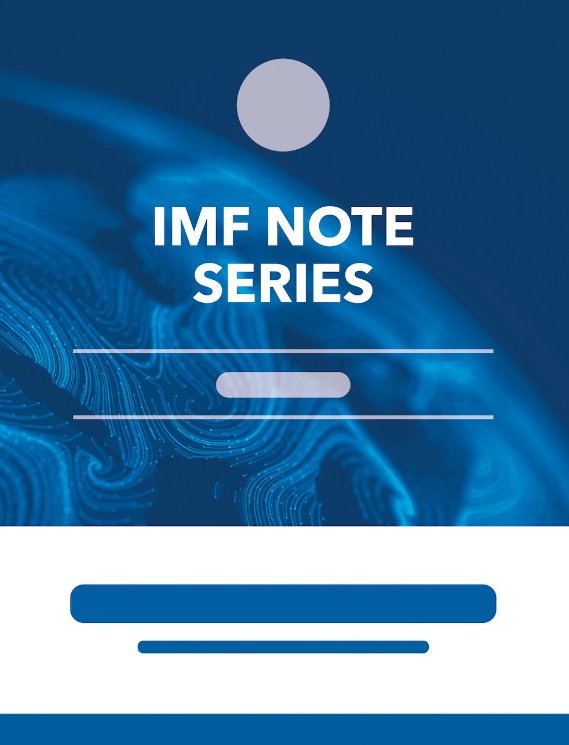The Terms of Trade and Economic Fluctuations
November 1, 1992
Disclaimer: This Working Paper should not be reported as representing the views of the IMF.The views expressed in this Working Paper are those of the author(s) and do not necessarily represent those of the IMF or IMF policy. Working Papers describe research in progress by the author(s) and are published to elicit comments and to further debate
Summary
A three-good, stochastic intertemporal equilibrium model of a small open economy is used to examine the link between terms of trade and business cycles. Equilibrium co-movements of model economies representing industrial and developing countries are computed and compared with the stylized facts of 30 countries. The results show that terms-of-trade shocks account for half of observed output variability and that the model mimics the Harberger-Laursen-Metzler effect and produces large deviations from purchasing power parity. The elasticity of substitution between tradable and nontradable goods and the persistence of the shocks play a key role in producing these results.
Subject: Business cycles, Consumption, Economic growth, Import prices, International trade, National accounts, Prices, Terms of trade, Trade balance
Keywords: Africa, Asia and Pacific, Business cycles, Consumption, form terms of trade, Import prices, Middle East, open economy, real GDP, standard deviation, Terms of trade, terms-of-trade disturbance, terms-of-trade effect, terms-of-trade shock, Trade balance, U.S. dollar, Western Hemisphere, WP
Pages:
72
Volume:
1992
DOI:
---
Issue:
098
Series:
Working Paper No. 1992/098
Stock No:
WPIEA0981992
ISBN:
9781451852066
ISSN:
1018-5941
Notes
A three-good, stochastic intertemporal equilibrium model of a small open economy is used to examine the link between terms of trade and business cycles.






